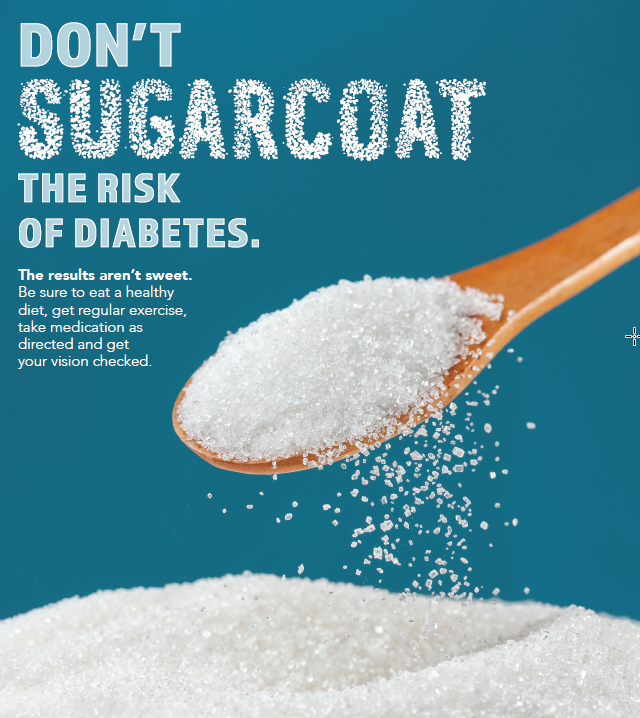Live Well
Diabetes 101

Take steps to manage your diabetes
If you have Type 2 diabetes, you’re not alone. About 11 percent of Americans have diabetes. Of those, 90 – 95 percent have Type 2.
With proper care, you can manage your diabetes and live your best life. Monitor your A1C levels. Get other routine blood tests as directed by your doctor. Take care of your eyes with routine vision screenings. Take medicines as prescribed.
Understanding your A1C
Your A1C level tells how well you’re managing diabetes. It measures how much sugar (glucose) has attached to your hemoglobin, an important protein in red blood cells. An A1C test reveals your average blood sugar levels over the past three months. Doctors use it to detect prediabetes and diabetes.
Doctors say an A1C level below 5.7 percent is in the “normal” range. Results between 5.7 percent and 6.4 percent indicate prediabetes. An A1C level of 6.5 percent or above indicates diabetes.
If you have diabetes, get your A1C levels checked at least twice a year. Talk to your doctor about an A1C test schedule that makes sense for you.
Focus on your eyes
Diabetes is linked to a high risk of serious eye problems. These include diabetic retinopathy, glaucoma, cataracts and macular edema. Many of these don’t cause symptoms until it’s too late to treat them.
For this reason, people with diabetes should get dilated eye exams each year. This will help catch problems early. It may even save your vision.
Follow your doctor’s orders
People with diabetes often need medicine for other conditions. Taking medicines as prescribed is key to health and wellness. Many people don’t take them as they should.
Research shows up to 30 percent of prescriptions in the United States are never filled. Close to half of all medicines for chronic conditions are taken incorrectly.
Taking medicines correctly:
- Decreases chances of hospitalization.
- Reduces health care costs.
- Lowers death rates.
If you have trouble taking your medicines, talk to your doctor or pharmacist.
Help in your own backyard
In South Carolina, more than 500,000 adults have diabetes. About 35 percent of adults have prediabetes. One in 5 people may not know they have the disease.
To improve these numbers, PAI with the Alliance for a Healthier South Carolina and the Department of Health and Environmental Control to create Diabetes Free SC. It aims to reduce diabetes and its complications. It has three strategic directions. They are:
- To improve pregnancy outcomes and the health of women with or at risk for diabetes.
- To reduce lifelong risk of diabetes in children.
- To prevent diabetes and its complications in adults.
Diabetes Free SC creates long-term partnerships and programs that address its objectives. For more information, visit www.DiabetesFreeSC.org.
By following a treatment plan from your doctor, you can manage your diabetes and reach your health goals.
Sources:
https://www.cdc.gov/diabetes/basics/type2.html#:~:text=More%20than%2037%20million%20Americans,adults%20are%20also%20developing%20it
https://diabetes.org/diabetes
https://www.diabetesselfmanagement.com/blog/what-does-a1c-stand-for/
https://www.cdc.gov/diabetes/managing/managing-blood-sugar/a1c.html
https://diabetes.org/diabetes/eye-health/take-charge
https://diabetesjournals.org/care/article/38/4/604/37531/Determinants-of-Adherence-to-Diabetes-Medications
https://www.cdc.gov/diabetes/professional-info/health-care-pro/diabetes-pharmacy-health.html
https://diabetesfreesc.org
*Statistics and information are accurate as of the time of publication and may change over time.
